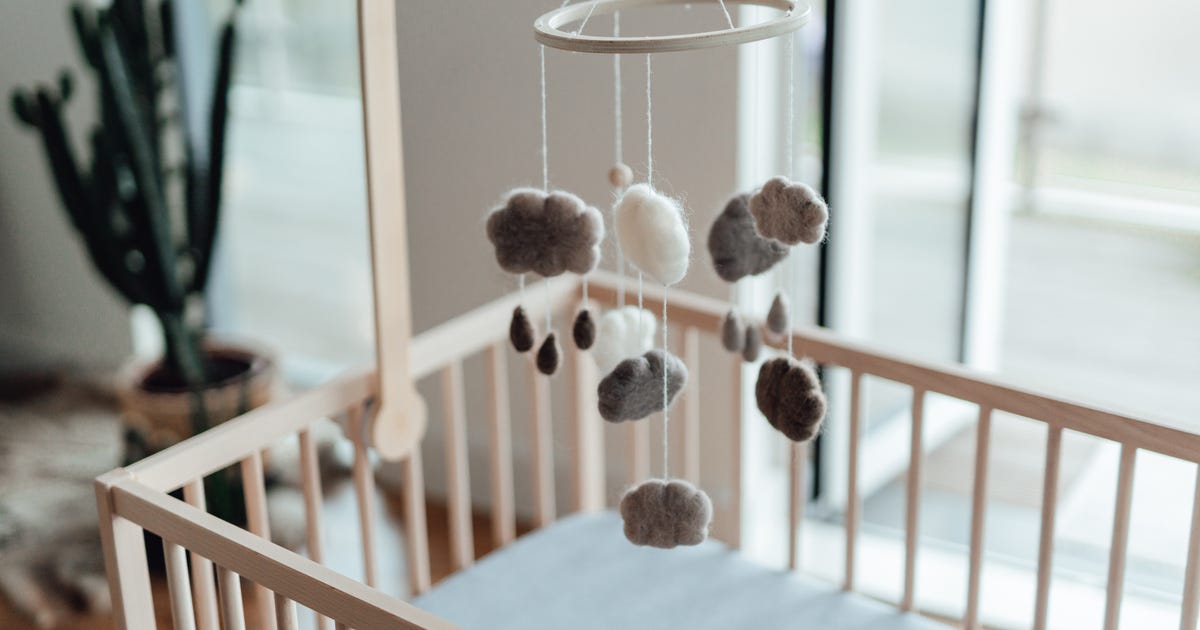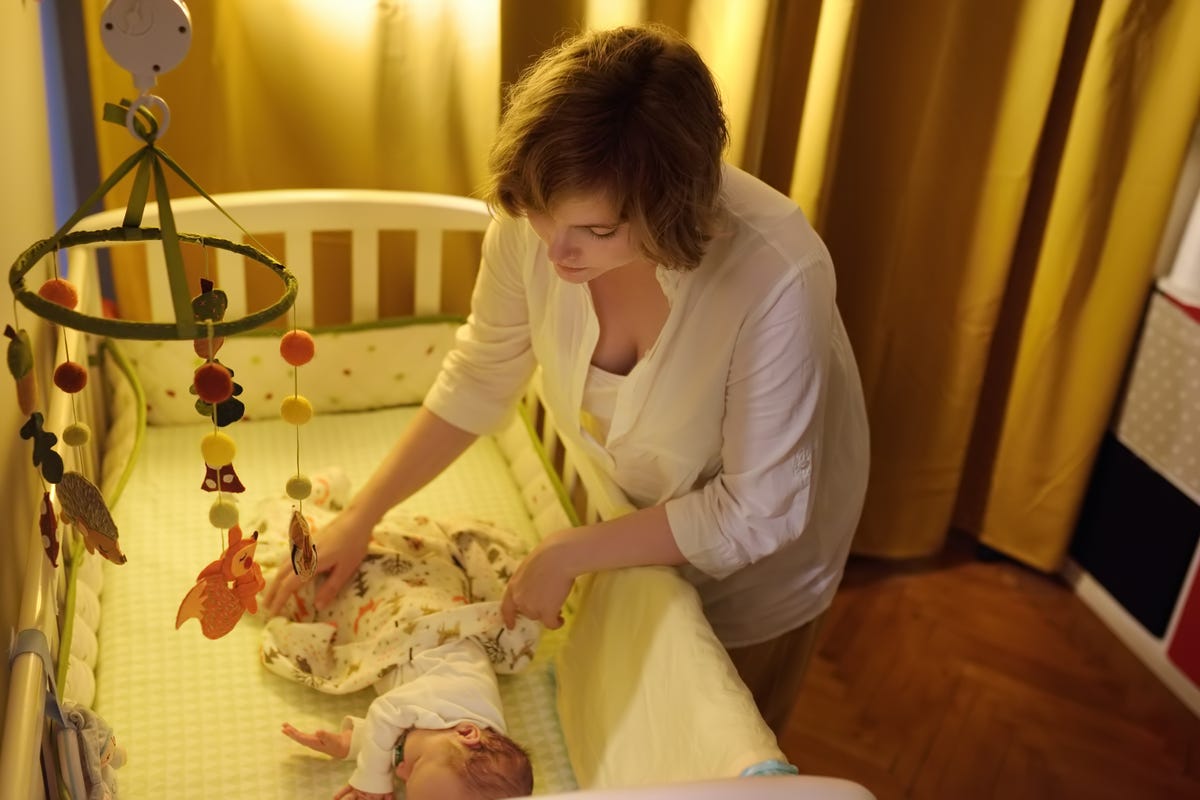
Banned Infant Sleep Products: What to Know
President Joe Biden signed HR 3182, or the Safe Sleep for Babies Act of 2021, into law this week, which prohibits the manufacture and sale of crib bumpers and inclined sleepers greater than 10 degrees for infants in the US, the White House announced Thursday.
The move follows last summer's approval of a new federal safety standard by the US Consumer Product Safety Commission for sleep-related products marketed for babies under 5 months. That rule, set to begin in mid-2022, will require manufacturers to meet the federal safety standard for safe sleep.
The crib bumper and inclined sleeper ban aligns with existing recommendations from the American Academy of Pediatrics for safe sleep.
Retailers and manufacturers of crib bumpers and inclined sleepers have 180 days to comply with the ban, meaning it'll be early November before either baby product is considered a "banned hazardous product" under the Consumer Product Safety Act.
If you happen to have a crib bumper or inclined sleeper in your home, here's what to know.
What does this ban mean?
It means you won't be able to buy crib bumpers or inclined sleepers in the US. Because companies have a few months to fully comply with the ban, you may see these products in stores and online until then. But you shouldn't buy them even if they're still available for purchase.
Crib bumpers are partially defined in the bill as "any material that is intended to cover the sides of a crib," excluding nonpadded mesh crib liners. (But pediatricians recommend against breathable "mesh" liners, too.)
Inclined sleepers are defined, in part, as products marketed toward infants under 1 year that have an "inclined sleep surface greater than 10 degrees."
The CPSC was already set to enforce new safety standards for infant sleep products, including crib bumpers, travel beds and more. The safety standard for these products is simply being extended to the standard for things like cribs and bassinets.
Read more: Where Should Your Baby Sleep?

Crib bumpers, blankets and pillows are all items pediatricians recommend against when placing your child in their crib.
SbytovaMN/Getty ImagesWhat do the experts say?
The AAP recommends keeping just one thing in your baby's crib: your baby.
The recommendations include using a firm mattress (not one that indents when your child lies on it), and not putting pillows, blankets, stuffed animals or other things in their cribs.
According to a March post by the AAP, more than 100 infant deaths have been linked to crib bumpers in the last 30 years, and there's no evidence to say they help prevent injury.
The AAP reports that Inclined sleepers, which put babies in a chin-to-chest position, have been linked to at least 94 deaths. Many sleepers have been recalled over the years.
Mesh liners or vertical bumpers can also be dangerous, according to the AAP, because they can become loose and turn into a strangulation hazard.
Read more: Your Baby Will Only Sleep in a Swing? Here's How to Break the Habit
Safe sleeping swaps
The bars in today's cribs are closer together, according to the AAP, thanks to regulations by the CPSC. But if you're concerned about your child's legs getting stuck, you can put them in a sleeping sack or wearable blanket (as long as it fits properly).
You also should avoid certain infant loungers, according to the CPSC.
Of course, babies will fall asleep in car seats, swings, strollers or swings. When this happens, just lay them on their back on a firm sleeping surface, the AAP says.
In addition to the AAP, you can also review the US Centers for Disease Control and Prevention's guidance for safe sleep for babies.
The information contained in this article is for educational and informational purposes only and is not intended as health or medical advice. Always consult a physician or other qualified health provider regarding any questions you may have about a medical condition or health objectives.
Source
Tags:
- Banned Infant Sleep Training
- Banned Infant Sleep Safety
- Banned Infant Sleep Regression
- Banned Infant Sleep Patterns
- Banned Infant Sleep Apnea
- Banned Infant Tylenol
- Banned Infantigo
- Banned Infantino
- Banned Infantile
- Banned Infanticide
- Banned Infant Constipation

